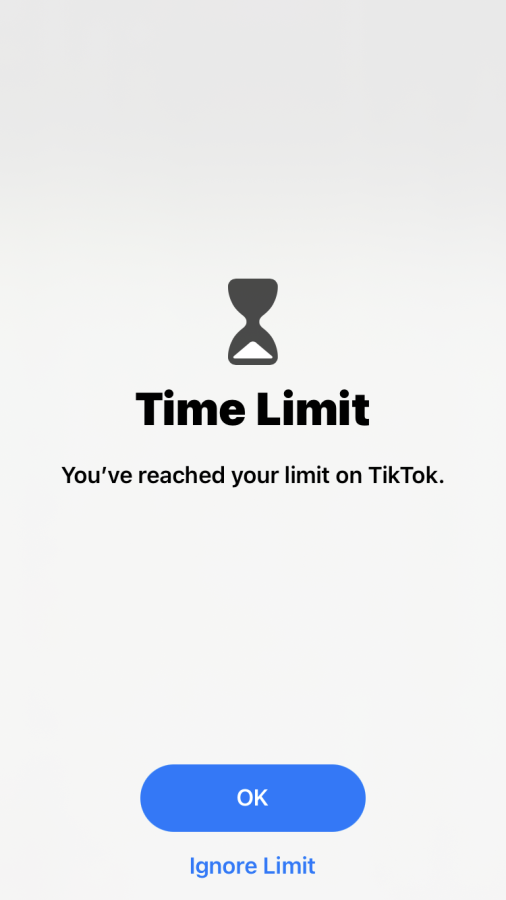Teenage Phone Addiction and the Need for Limits
March 13, 2022
According to the American Academy of Child and Adolescent Psychiatry, the average American teenager spends around 9 hours a day on their smartphone. However, the New York Times recommends a 2-hour maximum of screen time for teenagers per day. That is a shocking 7-hour difference.
It’s certainly true that phones can provide entertainment and convenience. But after recognizing the countless negative effects of excessive screen time, you’ll probably want to throw away your smartphone altogether.
One consequence of screen time is that it can lead to bad sleeping habits. Blue light from smartphone screens delays the release of melatonin, a hormone that regulates the human circadian cycle. Symptoms of melatonin deprivation include restless sleep, frequent exhaustion, and in some dire cases, insomnia. These can also lead to irritability and mood swings, causing people to lash out frequently.
Along with sleep deprivation, smartphones can also induce vision problems when used too often. According to YourSightMatters.com, “our facial, neck and shoulder muscles tighten, eyes become fatigued, and vision can become blurry or strained” when reading our screens. Since the average teenager spends around 9 hours a day on their smartphone, it can be aptly assumed that many teenagers are also developing these worrying vision problems.
Finally, excessive amounts of social media time on a smartphone can provoke anxiety, depression, and numerous other types of mental illnesses in teenagers. A study by McGill University states, “those who use social media more than three hours per day [are] at increased risk for developing mental health problems.” This is because “phones [are used] to internalize problems such as feeling lonely, sad, depressed or anxious.”
Simply put, phones offer a “safe haven” when people are sad. They provide entertainment and distraction that teenagers can rely on for temporary relief, pushing them to suppress their mental issues. However, these issues can later come back stronger, potentially ramping up mere sadness to acute depression. This starts a cycle of excessive phone usage and exacerbating mental issues.
Although these facts may paint smartphones negatively, that is not the complete picture. After all, smartphones are intelligent, useful tools. The problem starts when teenagers become obsessed with their devices, spending entire days latched to them. Fortunately, there is a simple solution for this: time limits.
Nowadays, most smartphones allow people to set time limits on their apps, which shut down after a designated time. This not only alleviates the issues of excessive screen time, but helps establish a healthy device-on, device-off lifestyle. Teenagers certainly deserve to relax and have fun with their phones. But some limits are necessary to protect their health and well-being.





















Carole Isenberg • Aug 23, 2022 at 7:51 AM
Very well written and informative article